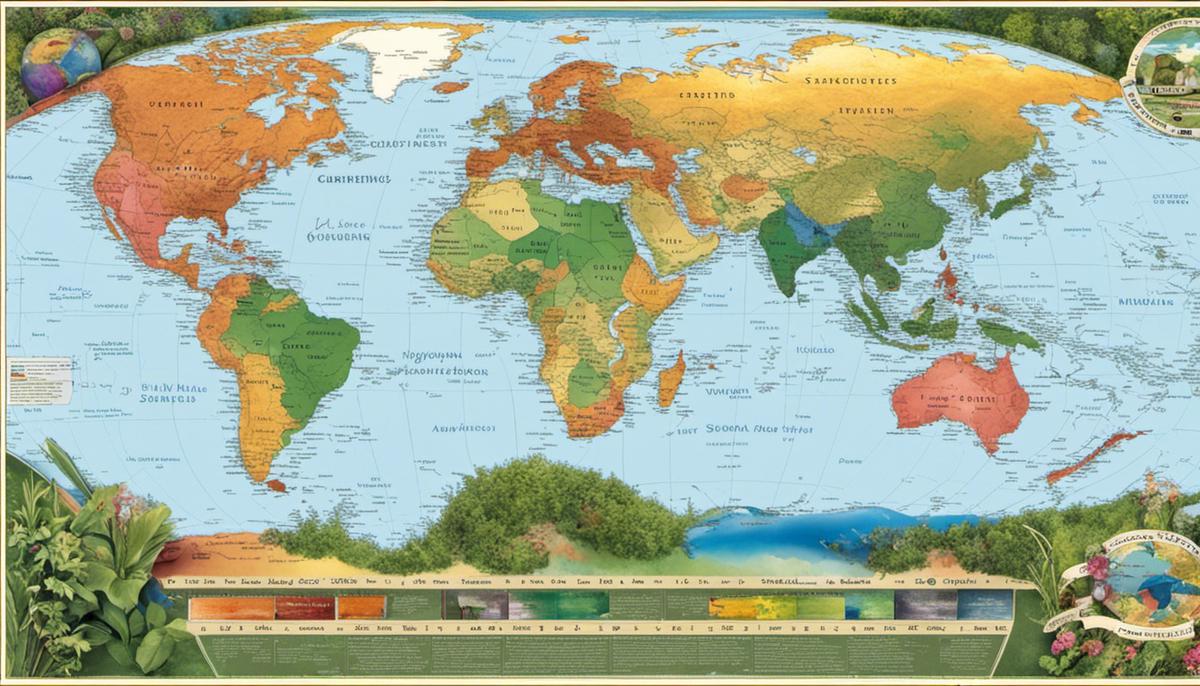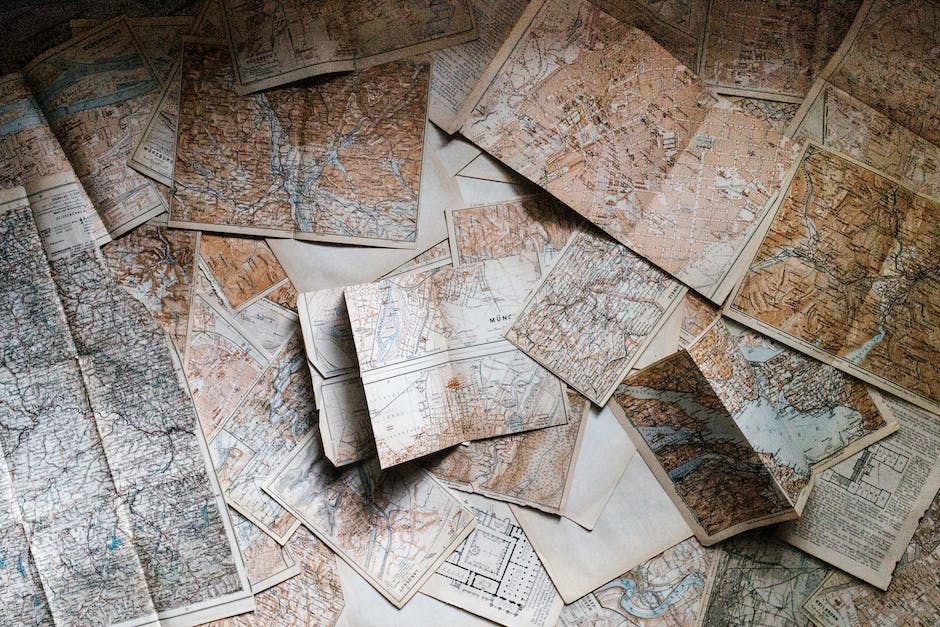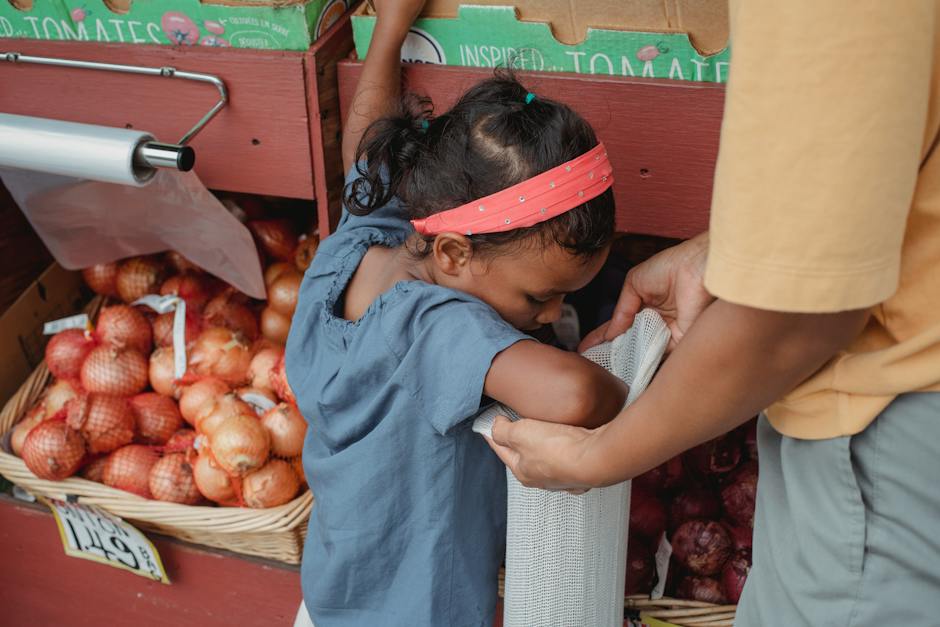Discovering Alabama’s Planting Zones

With a rich tapestry of diverse climatic conditions, Alabama is a gardener’s paradise offering a variety of options for plant enthusiasts. The state is segmented into several distinct planting zones, each presenting unique opportunities for cultivating a wide assortment of plant life. In understanding these hardiness zones, gardeners get an insightful guide into the types of vegetables, flowers, and trees that can thrive and flourish in their gardens. However, to nurture these plants correctly, one must first gain a comprehensive understanding of these zones and their specific climatic conditions.
Understanding Plant Hardiness Zones
Title: Demystifying Plant Hardiness Zones: An Essential Guide to Successful Gardening
Plant enthusiasts, green thumbs, and foliage fanatics, have you ever wondered why the beautiful tropical hibiscus you planted wilted and died even though you provided the best care? Or, perhaps that hearty evergreen tree just didn’t take off like it should? The answer is likely linked to plant hardiness zones. Understanding what they are and why they’re crucial can make a huge difference to your gardening success.
A plant hardiness zone is, in essence, a geographically defined area where a specific category of plant life is capable of growing, as per the area’s climatic conditions. The USDA Hardiness Zone Map divides North America into 13 zones based on the average annual minimum winter temperature, with Zone 1 being the coldest and Zone 13, the warmest. Every plant has a preferable zone or zones where it can grow, thrive, reproduce, and resist disease and pests.
Knowing your hardiness zone isn’t just for show. Oh no! It’s vital for the longevity and health of your plants. Each region’s distinct climate affects how well a plant will grow. So, when a plant is said to be “hardy to zone 7,” it means it should survive winters in Zone 7 and above, but may struggle or perish in Zones 6 and below due to the lower temperatures.
Choosing plants that align with your hardiness zone mitigates the risk of plant loss after planting, reduces replacement costs, and ensures your plants will thrive year after year, season after season. It’s like ensuring that the plants are in an environment that feels like “home” to them.
Now, where’s the fun if we don’t get into a little bit of zone mismatch gardening? After all, experiments lead to knowledge. If you sense an irresistible calling to grow a plant outside its preferred zone, don’t despair! With the right gardening techniques such as using mulch for insulation, creating windbreaks, or choosing a sheltered location, it might be possible to coax a plant into thriving outside its comfort zone. It’s important to remember though, this method is a gamble and success is not always guaranteed.
So, where can one find this valuable hardiness zone information? It’s easier than you might think! When purchasing plants, check the plant tags, catalog descriptions, or the plant details listed on online gardening sites. They should specify the hardiness zone range that the plant can comfortably grow in. If for some reason you cannot find this information, a quick online search of the plant’s name followed by “hardiness zone” should do the trick.
Unraveling the mystery of plant hardiness zones demystifies the science of survival in the plant world and sets you up for winning the game of gardening. Understanding these zones holds the key to unlock a garden that is not just healthy and vibrant, but a testament to your adaptability and resilience as a gardener. So, take the reins, match your plants with their hardiness zones, and watch your green sanctuary flourish!

Identifying Alabama’s Planting Zones
Excitingly, Alabama is a state of fantastic climatic diversity, making it a must-visit for plant enthusiasts. Known as the ‘Heart of Dixie’, Alabama is divided into three distinct plant hardiness zones – 7b, 8a, and 8b, which all have their unique features.
Zone 7b, the coldest hardiness zone present in Alabama, consists of northern parts of the state. Located in this zone are the cities of Huntsville, Birmingham, and Montgomery, and this area can expect minimum winter temperatures between 5 to 10 degrees Fahrenheit. If you’re a plant enthusiast residing in this region, the choices are generous. Popular plant families such as Oakleaf Hydrangea and Alabama Snow-Wreath are native and highly adaptable to this zone.
Pushing into central Alabama, one transitions into Zone 8a. This zone includes the southeastern parts of Birmingham and extends into Tuscaloosa and Selma. Here, winter lows slightly elevate when compared to Zone 7b, typically falling between 10 to 15 degrees Fahrenheit. Various fruit trees, including Peach and Plum trees, thrive here. Southern favorites like the Garden Phlox and Japanese Maple also flourish in these conditions.
In southern Alabama, where the Gulf of Mexico moderates the climate, Zone 8b predominates. This zone boasts milder winters, with lowest temperatures generally ranging from 15 to 20 degrees Fahrenheit. Familiar coast cities like Mobile hold residence in this zone. The mild climate of Zone 8b means gardening can be a year-round endeavor. Plant varieties like the Southern Magnolia, Crepe Myrtle, and even Citrus trees can be grown successfully in this region.
It’s important to note that these zones are not fixed entities. They can change slightly over time, due to factors like global warming and changes in landscape. So, it’s always a good idea to double-check your current zone before selecting your plants.
Furthermore, the zones tell us about the coldest temperatures to expect, but conversely, they don’t provide any insight into the summer high temperatures. It means that you have to take into account the heat tolerance for plants in hotter months as well, especially in areas of Alabama exposed to bouts of intense heat.
Success in gardening is not a matter of luck. It’s about combining passion, knowledge, dedication, and the right environment. Whichever area of Alabama you find yourself in, understanding your hardiness zone can open up a world of native plant treasures, awaiting your discovery. With every seed planted and every garden nurtured, you’ll contribute to preserving Alabama’s unique biodiversity. So, let’s keep those green thumbs working!

Choosing Suitable Plants for Alabama zones
Alabama, often called the Heart of Dixie, presents a remarkable climatic diversity that provides optimal conditions for a wide array of plants to thrive. From the Appalachian foothills of North Alabama to the Gulf Coast’s sandy southern rim, the state’s unique topography is delightfully reflected in its lush greenery.
Embracing this climate spectrum, Alabama sits across three distinct plant hardiness zones, namely 7b, 8a, and 8b, each bearing its own assortment of flora. To keep your garden thriving, here’s what plants to consider planting according to each zone:
If your green thumb has found a home in Zone 7b, where winter temperatures can dip down to 5 to 10 degrees Fahrenheit, native plants such as Oakleaf Hydrangea are worthy of consideration. Oakleaf Hydrangea’s striking snowflake-like blooms and red-burgundy fall foliage add seasonal interest to your garden. Alabama Snow-Wreath also flourishes in Zone 7b. So, despite its delicate white flowers, this gem is tougher than it appears!
Stay tuned, Alabamans nestled in Zone 8a, where winter lows are slightly milder, often dipping only to 10 to 15 degrees. This zone provides perfect conditions for fruit trees such as apple, peach, and plum. Aside from fruit trees, the Garden Phlox, with its beautiful, star-shaped flowers, does particularly well in Zone 8a. Let’s not overlook the aspect of ornamental foliage, for which Japanese Maples are known. These trees can provide a striking focal point in any garden with their leaves that change hue with the changing seasons.
Lastly, let’s journey further south to Zone 8b, where the gorgeous Southern Magnolia and Crepe Myrtle excel. With winters, where temperatures only rarely dip below 15 to 20 degrees, this “warmer” zone is also suitable for cultivating Citrus trees, offering a very productive addition to your garden.
It’s also important to remember that as resilient as Mother Nature is, she is also in a constant state of flux. Climate change, therefore, may cause shifts in hardiness zones over time, emphasizing the need for gardeners to stay informed and adjust their planting strategies accordingly.
Another crucial consideration, especially for Alabama where summer temperatures can skyrocket, is heat tolerance. Ensuring that plants can thrive in those hotter months is as important as ensuring they can weather winter lows.
Ultimately, designing a flourishing garden in Alabama is all about finding the intersection of passion, knowledge, and local environment. If you harness those elements correctly, the results are limitless and incredibly rewarding.
In conclusion, by rounding up varied, zone-specific specimens for your garden, you also contribute to preserving Alabama’s unique biodiversity. As you sow the seeds, always remember – we’re not just cultivating exquisite landscapes…we are also the custodians of Alabama’s rich botanical heritage, consistently working towards its preservation for the generations to come. Get out there, and let your love of gardening bloom!

Indeed, a wealth of plant life can thrive across the different zones of Alabama. This knowledge serves as an empowering tool, enabling gardeners to select plant varieties that will not just survive but thrive within their given zones, thus ensuring a blooming and fruitful garden. A thorough understanding of Alabama’s planting zones is undoubtedly a cornerstone of successful gardening in the state – serving as a roadmap for flourishing plant life and a guide to the endless possibilities that Alabama’s abundant nature presents.



